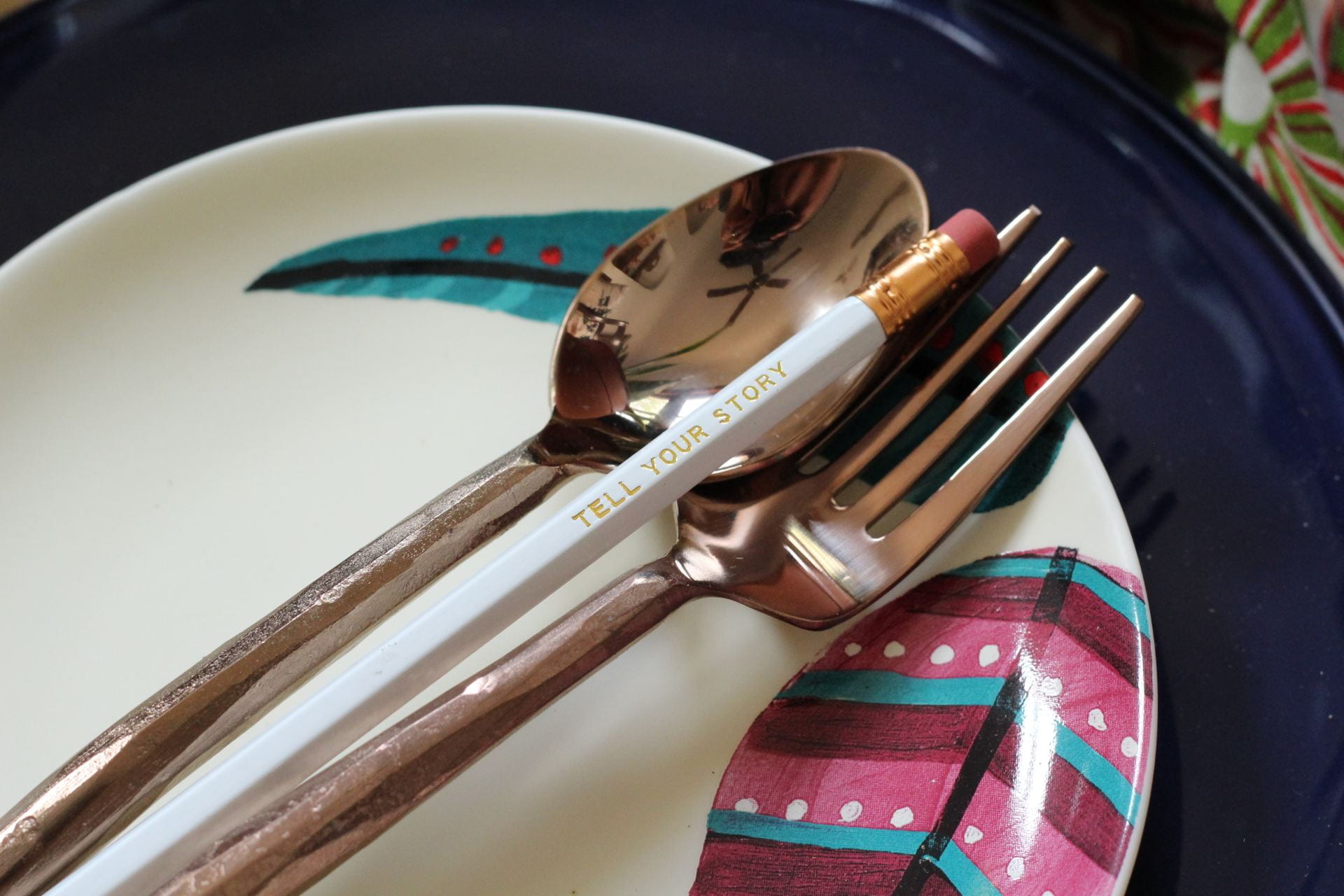This website is meant to serve as a resource for aspiring food story project practitioners and organizations who are interested in starting a project of their own or supporting a project that already exists. The information here is a distillation of research done for a Master’s of Food Studies thesis project. The complete thesis can be accessed for free [LINK COMING SOON].
You will find three main sections of this website. A Getting Started page, a Project Types gallery, and a Resources Page. Getting Started provides you with a printable PDF that can be used as a brainstorming guide that encourages you to take stock of your available resources and skills as well as your project goals.
The research for this project was focused on five food story project types: Oral History Collections, Live Storytelling Events, Narrative Cookbooks, Blogs, and Narrative Collections, I also include Podcasts as an additional medium that might be explored. For each project type, I include a section on things to consider such as resources required to successfully implement a particular method.
In order to explore the accessibility and potential of each project type for elevating diverse voices, I’ve employed the Model of Affordances and Constraints, which is commonly used in design-thinking work. Instead of positioning one project type as more successful than another, the model allows for aspiring practitioners to weigh the pros and cons of each project based on their unique situation. For example, while a traditionally published cookbook might be an extremely effective way for a well established non-profit to elevate the voices of diverse food entrepreneurs in their organization, it might not be financially feasible for an organization with less available capital. That does not make a cookbook any more or less effective, simply not right in that particular situation.
Finally, this website includes information on existing food storytelling projects that are working to challenge dominant narratives within the food system in their own ways. It also includes information on organizations and publications that can serve as invaluable resources for learning more about food storytelling, narrative collection, issues of representation, and voice.


